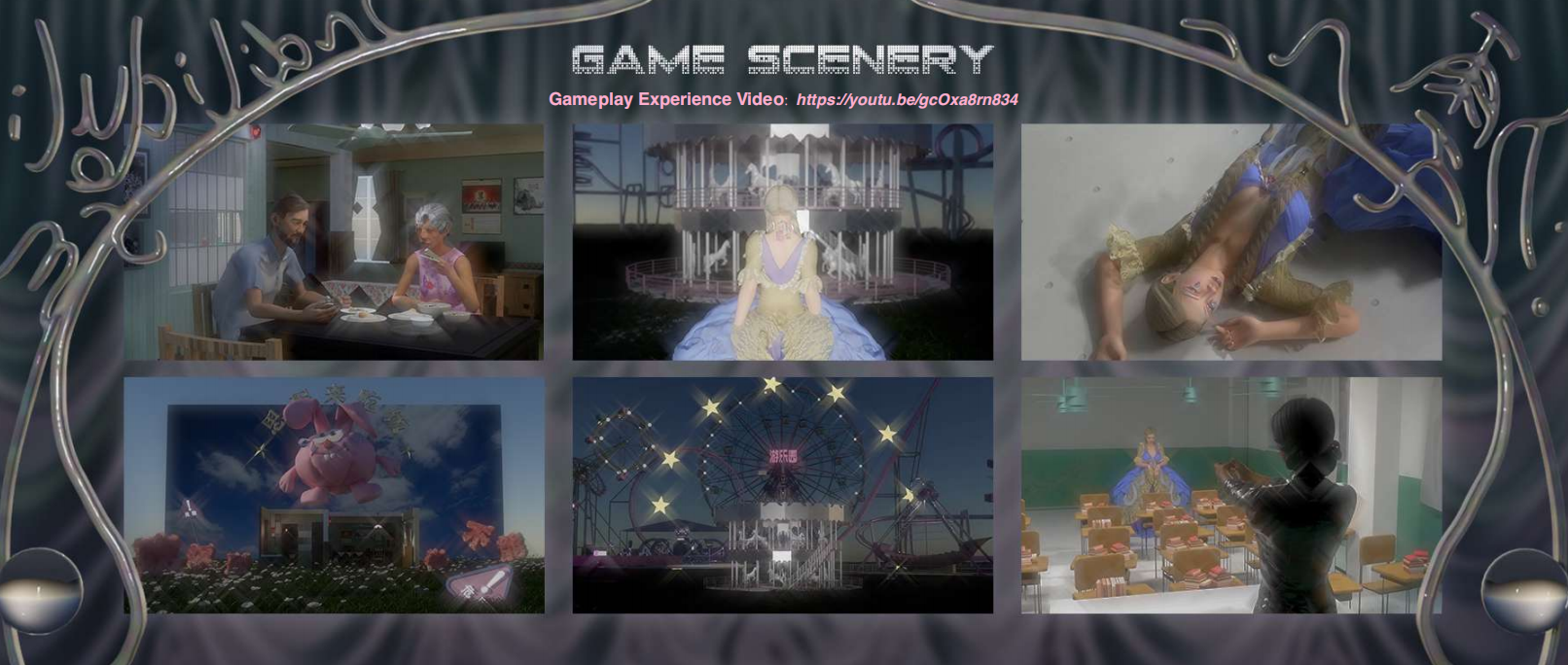Introduce Artist
Sawyer Feng
@sawyerfeng
Xiaoyue (Sawyer) Feng is a cross-media artist working at the intersection of technology, social critique, and speculative design. Currently pursuing her MFA in Computer Arts at the School of Visual Arts in New York, she previously earned her BA in Art and Technology from the prestigious China Academy of Art. Her practice spans multiple creative territories, including 3D digital art, AI-generated content, XR experiences, interactive installations, biodesign, sound art, and performance.
Sawyer's work deconstructs familiar social phenomena through a lens of technological intervention and critical humor. She transforms complex social observations into accessible yet provocative narratives, often employing absurdist elements to engage audiences in dialogue about contemporary issues. Her methodology combines cutting-edge digital tools with traditional artistic approaches to create immersive experiences that challenge conventional perspectives.
Recent projects have explored themes ranging from artificial intelligence ethics to cultural identity, environmental exploitation, and gender dynamics in East Asian society. Her work has been characterized by its ability to render complex social commentary through technically sophisticated yet conceptually playful executions.
Sawyer's cross-disciplinary approach reflects her commitment to pushing the boundaries of how technology can serve as both medium and message in contemporary art practice. Through her diverse body of work, she continues to investigate the evolving relationship between human experience and technological advancement in our increasingly digital world.
Artwork
‘ Si-Chen’ and 'Who Killed That Mad Woman?’
My artistic practice investigates the evolving boundaries between natural and artificial systems, examining how technology reshapes our understanding of exploitation, identity, and otherness in both digital and biological realms. Through diverse media including interactive installations, speculative design, and AI-augmented performances, I create immersive experiences that question the increasingly blurred lines between human, animal, and machine intelligence.
My work often explores parallel systems of exploitation across different domains. In 'How to exploit the Liguan,' I create a speculative future where artificial and biological engineering converge, mirroring current debates about AI ethics and biological automation. This work examines how technological advancement, while promising efficiency and progress, often perpetuates traditional power dynamics in new forms.
Projects like 'The Name is Si-Chen' and 'Who Killed That Mad Woman?' investigate how digital interfaces and AI systems intersect with cultural identity and gender dynamics, particularly within East Asian contexts. Through interactive games and AR installations, I explore how technological mediation both amplifies and transforms traditional social pressures. These works reveal how digital platforms can simultaneously create spaces for new identities while reinforcing existing biases and exclusions.
My methodology combines computational approaches with traditional research methods—including field studies, interviews, and biological data—to create hybrid forms of storytelling. Whether working with AI-generated narratives, augmented reality, or mechanical-biological interfaces, I strive to highlight the complex relationships between human intent, technological capability, and ethical consequences.
The tension between connection and isolation in our digital age is a recurring theme in my work. Projects like 'Stupigood' examine how technology both enables and constrains freedom of expression, while 'KT Paradise' explores how digital and biological engineering might reshape fundamental aspects of existence. Through these works, I aim to contribute to critical dialogue about the future of human-machine-animal relationships in an increasingly synthetic world.
By merging scientific inquiry with digital and traditional artistic expression, my work seeks to navigate the liminal spaces between natural and artificial, belonging and otherness, innovation and exploitation. It questions not just what technology enables us to do, but how it transforms who we understand ourselves to be.






